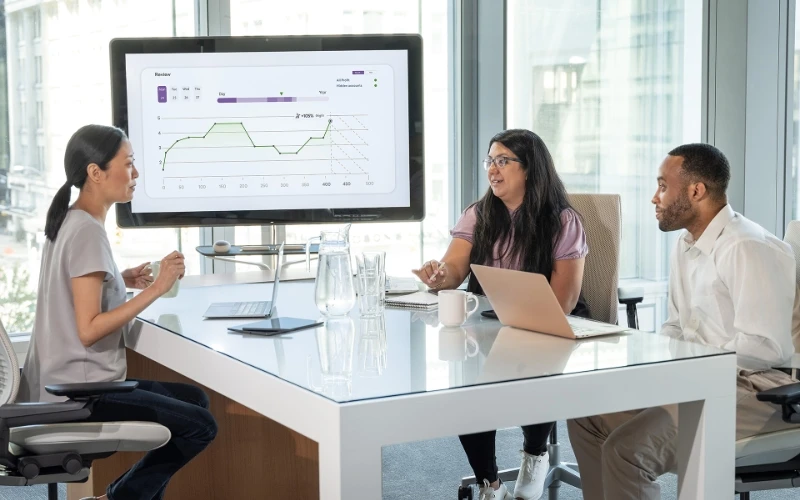Program profitability: Trade promotion management vs. ERP systems

The management of long-term discount contracts is integral in both determining customer profitability and in maintaining strong relationships with retail partners. But where should these elements be managed? Which is better, the enterprise resource planning (ERP) system or specialist trade promotion management (TPM) solutions? Or can it be split across the two? We explore the pros and cons of various scenarios in determining the ideal platform to understand total profitability by customer.
Enterprise resource planning systems
ERP systems are designed to integrate various business processes and data sources, including finance, human resources and procurement, into a single unified system. A number of ERP solutions have components that can manage promotions and discounts.
Pros
Provides a more holistic view of the business
Enables the ability to correlate promotion spending with other financial metrics
Less chance of data discrepancies and reporting errors
Cons
Centrality means ERPs may not have specialized tools for nuanced TPM tasks
May be less customizable, making it challenging to adapt to changing promotional strategies
An ERP is typically not as intuitive, user friendly, or widely accessible as TPM
Trade promotion management solutions
TPM solutions are designed specifically for managing trade promotions. They provide tools tailored for the intricacies of promotions, rebates and discounts in the CPG space and overall trade management.
Pros
Because TPM systems are designed with CPG promotions in mind, they can offer advanced analytics, forecasting tools and other features that an ERP may lack
Enables the flexibility to adapt to evolving and changing trade promotion strategies
Cons
If not integrated properly, TPM solutions can result in segmented data, making it challenging to get a complete picture of the business or retail customer
Boost your trade promotion profitability
Learn more
Balancing the needs of your business
When considering total profitability by customer, there is a need to integrate data from various sources – sales, promotions, rebates, returns and more. From this standpoint ERPs have an inherent advantage. If the TPM component of an ERP is robust, one can easily track profitability by customer without needing to integrate disparate data sources. But this is contingent upon the ERP’s TPM capabilities.
Conversely, the effectiveness of a TPM solution in providing a comprehensive view of customer profitability hinges on its integration with other data sources.
So, in an ideal scenario, businesses would leverage the best of both worlds by having a specialized TPM system that is seamlessly integrated with an ERP. This would provide both a deep dive into promotional strategies with specialized tools, and an overarching view of business and customer health and profitability.
Choosing between an ERP and TPM solution for long-term discount contract management and customer profitability is not black and white. The decision should be driven by the organization’s needs, resources and long-term goals. If the goal is a detailed, nuanced understanding of trade promotions and their impact on profitability, a well-integrated TPM solution is the way forward. If a broader business view is needed, with less emphasis on the intricacies of promotions, an ERP may possibly suffice.
Whatever the choice, ensuring data consistency, accessibility and accuracy are key.


